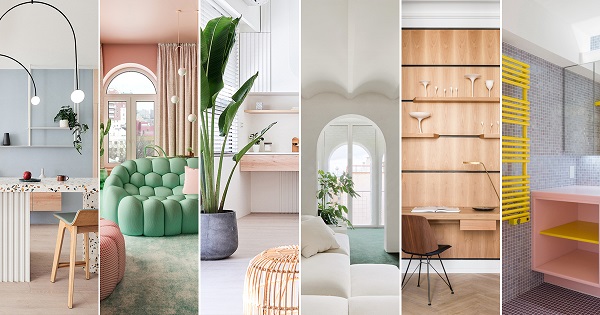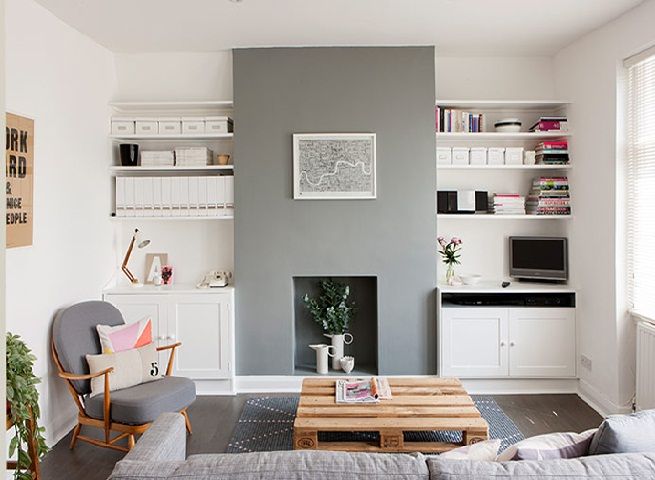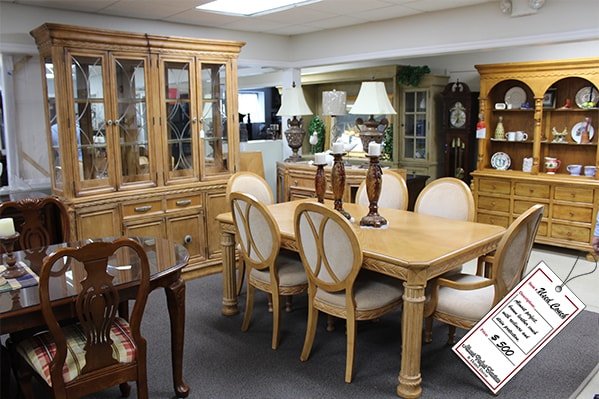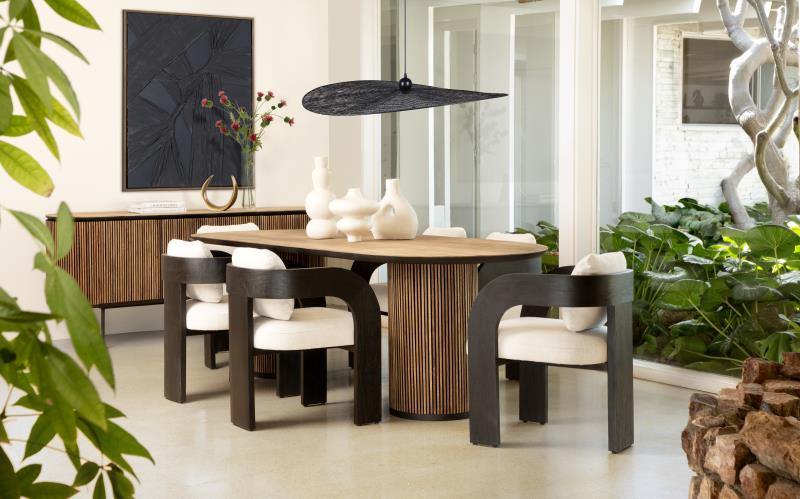Interior design is the art and science of creating aesthetically pleasing and functional living spaces. It involves a careful balance of creativity, technical expertise, and an understanding of human psychology.
In this article, we dive into the world of interior design, exploring its core principles and the impact it has on our daily lives.
Elements of Interior Design:
Interior design encompasses various elements that shape the look and feel of a space. From furniture and accessories to color schemes and lighting, each element contributes to the overall composition.
We examine the importance of space planning, furniture arrangement, textures, patterns, and other key components that influence the atmosphere of a room.
Exploring Different:
Design Styles Interior design offers a vast range of design styles, each with its own unique characteristics and aesthetics. From timeless classics like traditional and contemporary styles to eclectic, minimalist, industrial, and beyond, we take a journey through the diverse design styles that allow homeowners to express their personalities and create spaces that resonate with them.
Color and Texture:
Transforming Spaces Color and texture play a vital role in interior design, evoking emotions and setting the mood of a space. We explore the psychology of color, the impact of different color palettes, and the strategic use of texture to add depth and visual interest to rooms. Discover how color and texture choices can transform spaces and create desired atmospheres.
Maximizing Functionality and Comfort:
Interior design is not solely focused on aesthetics; it also prioritizes functionality and comfort. We delve into the importance of thoughtful space planning, efficient storage solutions, and ergonomic furniture arrangements. Learn how to optimize space utilization and create environments that enhance daily living experiences.
Balancing Form and Function:
The beauty of interior design lies in finding the delicate balance between form and function. We discuss the art of harmonizing aesthetics with practicality, ensuring that the visual appeal of a space is not compromised by its usability.
Discover how to integrate functionality seamlessly into the design, achieving spaces that are both visually pleasing and purposeful.
Lighting and Ambiance:
Setting the Mood Lighting is a crucial aspect of interior design, as it greatly influences the ambiance and functionality of a room.
We delve into the different types of lighting, their effects on mood and perception, and techniques to create appropriate lighting schemes for different areas. Discover the transformative power of lighting and how it can elevate any space.
Incorporating Personal Style:
Interior design is an opportunity to express one’s personal style and create spaces that reflect individual tastes and preferences.
We explore ways to infuse personality into interior design, from curated collections and artwork to custom furniture and unique accessories. Learn how to create spaces that are an authentic reflection of who you are.
Sustainability and Eco-Friendly Design:
With a growing emphasis on sustainability, interior design is embracing eco-friendly practices and materials.
We discuss the importance of sustainable design, including energy-efficient solutions, use of recycled materials, and conscious choices that minimize environmental impact. Discover how interior design can contribute to a greener and more sustainable future.
The Future of Interior Design:
The future of interior design is a realm of boundless innovation, where emerging technologies, evolving lifestyles, and sustainable practices converge to shape the way we design and experience our living spaces.
Here are some key aspects that will define the future of interior design:
Technological Integration:
Technology will continue to play a significant role in interior design. From augmented reality (AR) and virtual reality (VR) tools that allow clients to visualize designs in real-time, to smart home automation systems that seamlessly integrate with the design, technology will enhance the design process and the functionality of living spaces.
Sustainable Design:
As environmental awareness grows, sustainability will become a central focus in interior design. Designers will prioritize eco-friendly materials, energy-efficient solutions, and sustainable practices.
From incorporating renewable energy sources to using recycled and upcycled materials, sustainable design will pave the way for greener and more responsible interior spaces.
Conclusion:
In conclusion, the future of interior design is a captivating realm where creativity, technology, sustainability, and well-being converge to shape the way we envision, create, and experience our living spaces.
As we move forward, interior design will embrace innovative technologies such as augmented reality and virtual reality, allowing us to visualize and interact with designs in real-time. Sustainability will take center stage, with a focus on eco-friendly materials, energy-efficient solutions, and responsible practices that contribute to a greener and more sustainable future.



